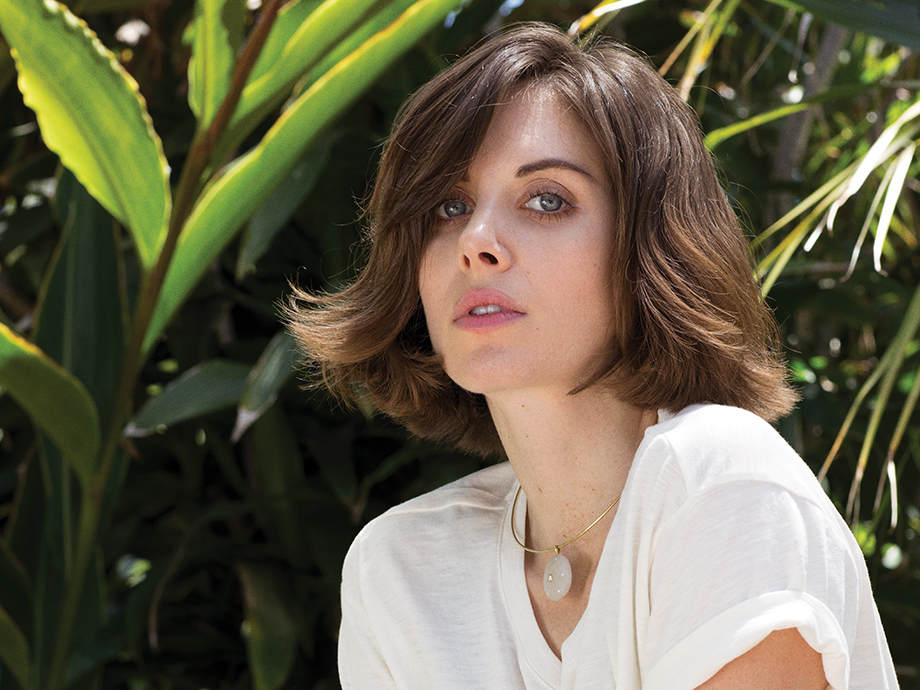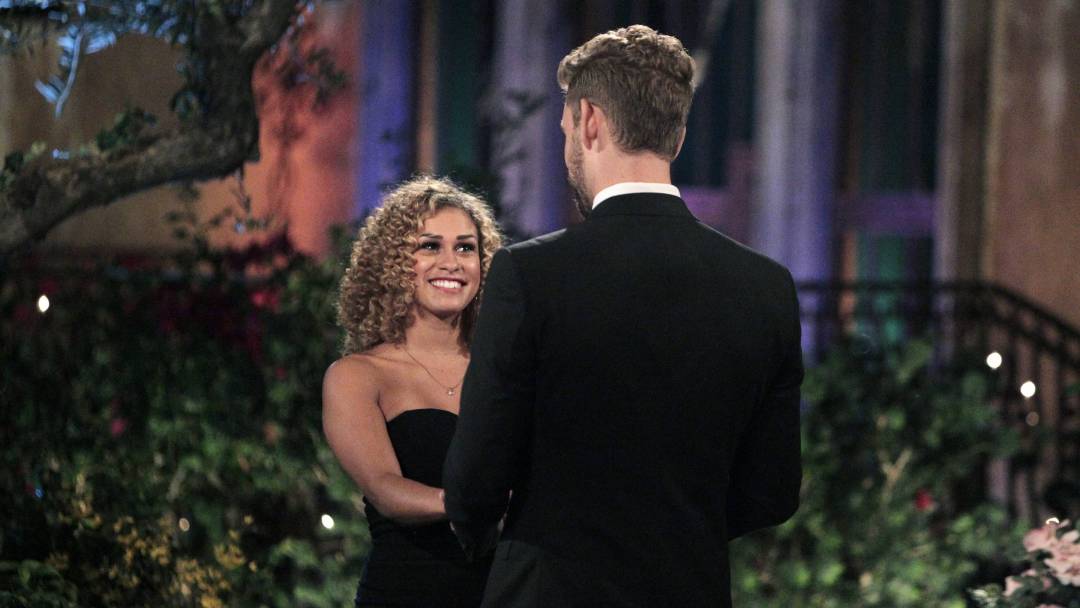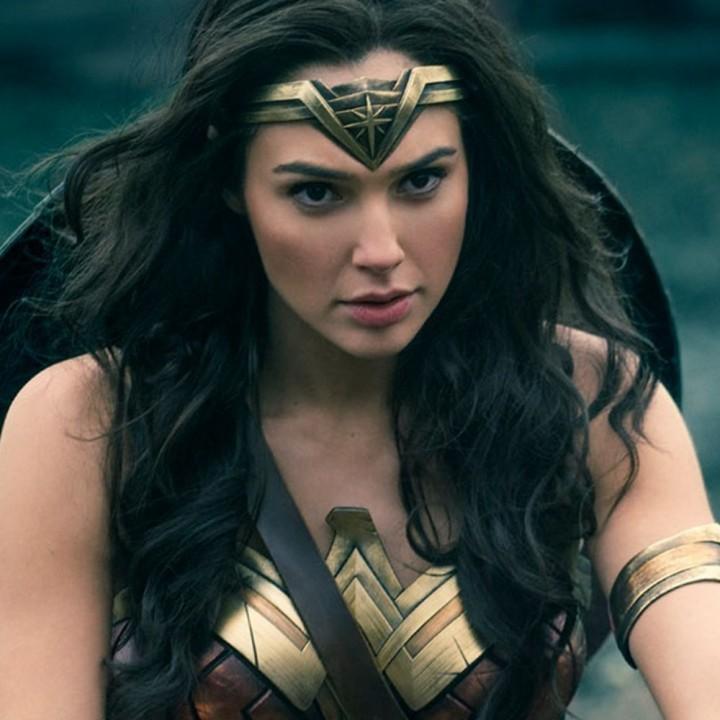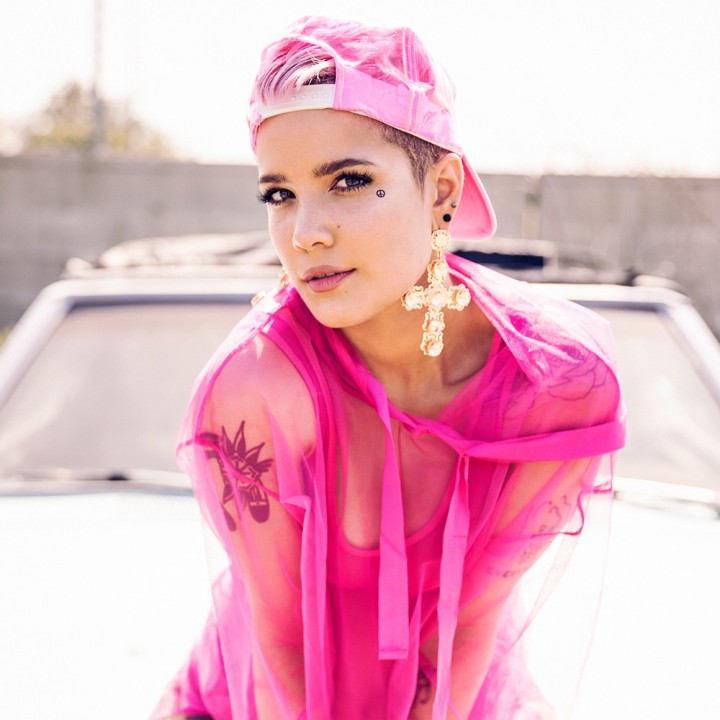
How 'Stranger Things' Appears to Fix Its Smurfette Problem
The new trailer for the Netflix hit's third season hints that a major flaw might be behind it
It’s a daunting task to craft the follow-up to a critically acclaimed, high-concept first season of television. Throw in a mystery that needs solving, and you double the risk. True Detective and Twin Peaks tried and fell flat; once Dexter found the Ice Truck Killer, the show floundered. Nobody had bigger hype to live up to than Stranger Things, the first season of which spawned a legion of Eleven cosplayers, a #JusticeForBarb movement and an unprecedented sales boost for Eggo waffles.

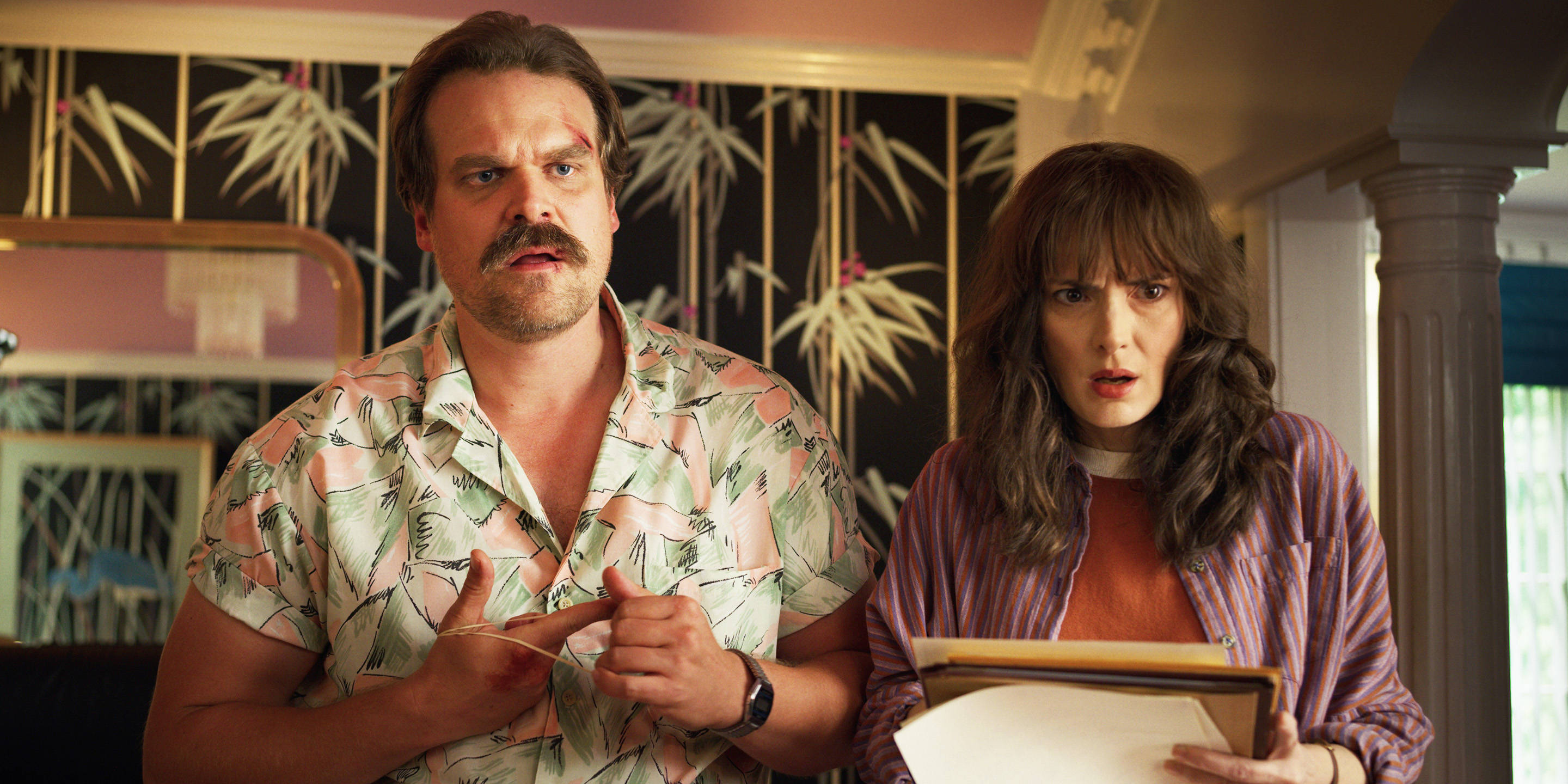
Eleven doesn’t make herself known until later in the season, hidden at Hopper’s farmhouse, but she watches Max join the group from a distance. She gets jealous. Lashing out, she uses her powers to make Max tumble off her skateboard. When they finally do meet, they’re at odds. They see each other as threats, competitors. Two tomboys vying for the slot of Token Girl in the gang. It’s a real thing, I can tell you, as that self-same former tomboy, but it is such a drag to watch.
It's OK to Get Mad About Jason Reitman's Ghostbusters
The director of the franchise's latest sequel unleashes an uproar over who can dictate fandom
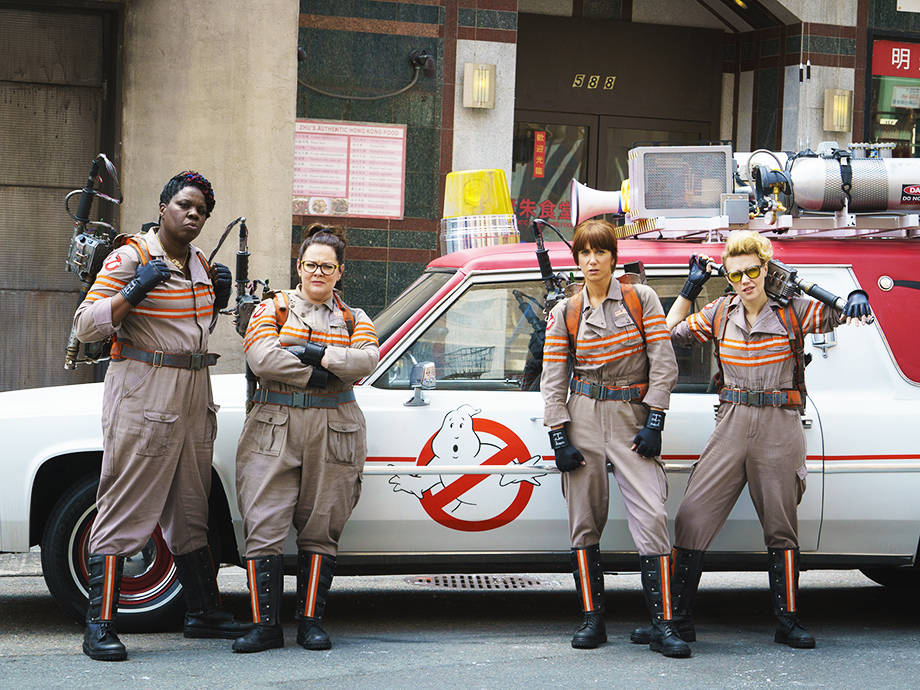
That’s why it was such a relief, and a genuine thrill, to see the trailer for Stranger Things’ third season. Not only does the show seem to be embracing the neon, synth-pop visuals of the era that helped make San Junipero and GLOW so much fun to look at, but it’s taking another page from their book—that girls just wanna have fun.
I'm psyched to see these two awesome characters finally do what they should've done from the get-go: team up, be BFFs and fight monsters.
So, I’m on board. It’s a lot to infer from three minutes of cleverly cut footage, and I’ve been burned before (especially by men who have no idea how to write women), but I’m psyched to see these two awesome characters finally do what they should’ve done from the get-go: team up, be BFFs and fight monsters. Is it the slow teasing out of "Baba O'Riley" that sealed the deal? Who can say. It looks fun, and I’m on board for more of that. Fingers crossed, July 4th might really be a blast.
Alison Brie Talks Wrestling, Going Nude and Her Feet in Playboy's 2016 20Q
With the launch of Netflix's 'GLOW,' Alison Brie dished to Playboy on what gets her adrenaline going
